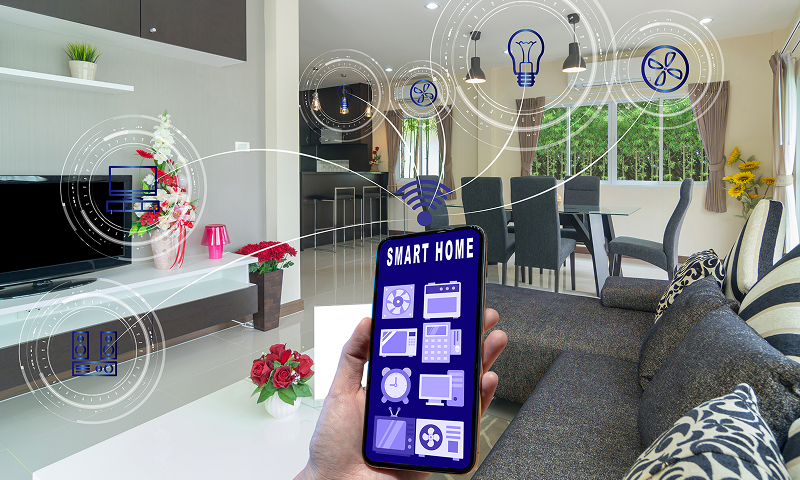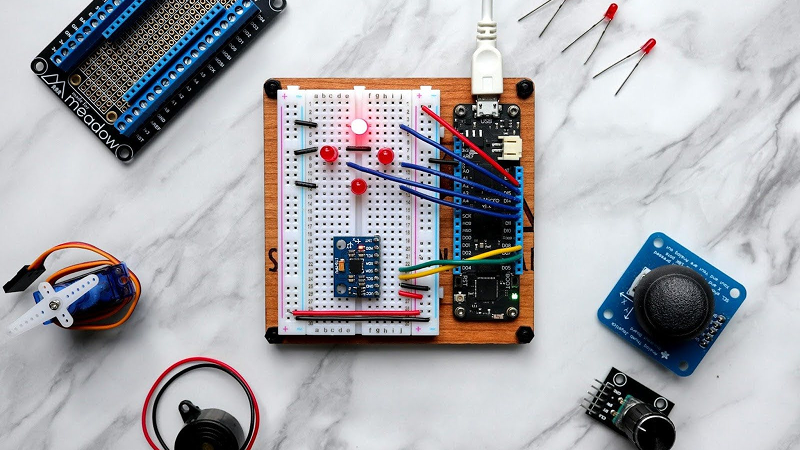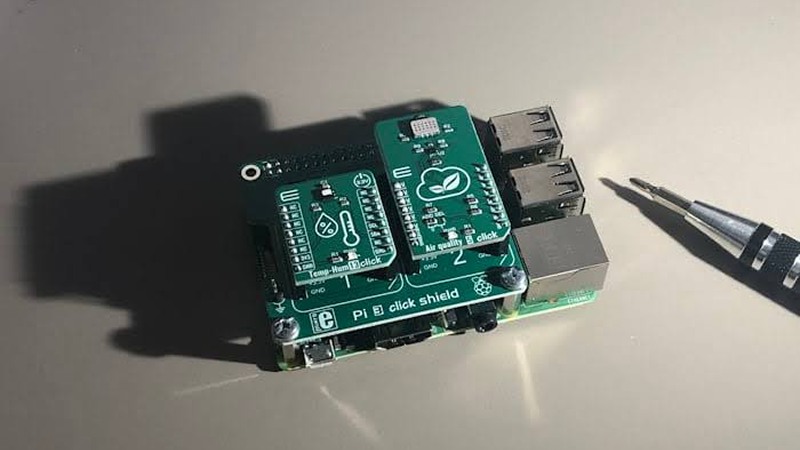
Types of Sensors and Their Applications in Everyday Life
Sensors – the unsung heroes of modern life–play an invaluable role in everyday applications: smart homes, wearable devices, industrial automation, and healthcare; they enable us to measure, monitor, and respond to the environment around us.
In this article, we explore several common sensor types and their use in improving daily lives.
Temperature and Humidity Sensors
Temperature and humidity sensors have become an integral component of both consumer and industrial settings alike, serving a multitude of uses by measuring ambient conditions accurately. Home settings typically use them to control heating, ventilation, and air conditioning systems to create an enjoyable living space; smart thermostats use temperature readings from these sensors to optimize energy consumption while simultaneously lowering utility bills.
These sensors go beyond providing comfort; they’re essential in protecting fragile environments: in museums, they create ideal climates to protect priceless artifacts with temperature and humidity regulation; greenhouses use sensors to customize perfect cultivation climates–enabling farmers to promote healthy crops resistant to diseases caused by environmental stressors.
Sensors play an indispensable role in industrial settings: they ensure operational safety and efficiency by monitoring production facility conditions to prevent machinery overheating, thus averting costly downtime and protecting employee safety. Temperature and humidity monitors play an equally essential role, helping create and sustain optimal environments within homes, museums, greenhouses, or factories alike.

Motion and Proximity Sensors
Motion and proximity sensors play an essential role in protecting home security, enhancing convenience, and conserving energy costs by activating alarms when potential intruders approach; additionally, they control lighting automatically – such as lighting coming on when entering rooms and then turning off when not necessary to cut energy waste.
Proximity sensors–devices that detect objects without physical contact–are an integral component of everyday gadgets; for instance, they deactivate smartphones when held close to an ear during calls to prevent accidental touchscreen inputs and increase security during conversations. They’re also invaluable tools in parking systems for helping drivers identify obstructions and issue warnings more quickly and safely reducing accident risks.
Proximity sensors add value in both industrial and retail settings: in factories, they monitor machine components to ensure proper alignment and operation; while stores utilize proximity sensors as touchless checkout systems and interactive displays. Proximity sensors have become an integral part of everyday life: whether improving safety, convenience, or efficiency they have become integral parts of our daily lives.
Light Sensors
Light sensors (also called photodetectors) measure environmental light intensity; this makes them integral parts of devices such as smartphones and computer monitors that adjust screen brightness according to ambient lighting levels, smart home energy-saving systems and even modern smartphones that adjust screen brightness according to surrounding conditions – this reduces eye strain while prolonging battery life and saving power costs.
Smart street lighting systems with light sensors that activate at dusk and dim with daylight–cutting energy costs while simultaneously increasing nighttime public safety–are an example of innovative technologies that save both energy and municipal expenses while improving nighttime public safety.
Light sensors play an essential part in photography and videography–enabling cameras to accurately set exposure settings and capture images with perfect lighting; their use ranges from personal electronics to public infrastructure boosting functionality and efficiency across a range of applications.
Pressure and Force Sensors
Pressure and force sensors convert physical force or pressure to quantifiable electrical outputs; in other words, these devices provide data we can read from everyday interactions between push-pull forces in daily life and quantifiable outputs that we can read off a screen. With applications across numerous fields–automotive, healthcare, consumer electronics–these devices prove useful and versatile; automotive applications alone utilize them extensively: monitoring engine oil pressure levels as well as tire inflation levels to prompt timely maintenance checks to protect vehicle safety as well as optimal functioning.
Force sensors integrated into wearable devices and smart beds monitor patient movements and pressure points within healthcare, providing crucial data that is crucial for preventing bedsores in those with limited mobility. Additionally, these sensors enhance advanced medical tools–for instance ventilators–by measuring airflow and pressure to aid respiratory therapy treatments.
Pressure sensors are indispensable in industrial settings for monitoring fluid levels and detecting leaks; their precision in monitoring machinery contributes to operational safety and efficiency, whether in cars, hospitals, or factories. As pivotal components of modern technology, they enhance human well-being through precise process control.

Chemical and Gas Sensors
Sensors designed to detect and measure specific chemicals or gases are integral in protecting both health and safety in everyday life; carbon monoxide sensors serve as early warning systems against this colorless, odorless gas which can be deadly – providing early warning of its dangerous presence before fatal exposure occurs.
Chemical sensors used both industrially and environmentally can monitor air quality by detecting pollutants and harmful substances; such tools enable cities and communities to reduce pollution for public health protection while measuring airborne particulate matter helps governments enforce strict environmental standards.
Gas sensors play an essential role in protecting both homeowners and the environment from gas leaks, as well as being key components in wearable health devices – they monitor breath to provide noninvasive early diagnosis as well as continuous patient management – further underscoring their significance in modern society.
Wrap Up
Sensors quietly gathering data around us make our lives more comfortable, efficient, and secure; temperature sensors help create an inviting home atmosphere; motion detectors enhance security; light sensors control screen brightness; pressure sensors track engine health; gas sensors protect us from hazardous emissions – these devices play an essential part of everyday life.